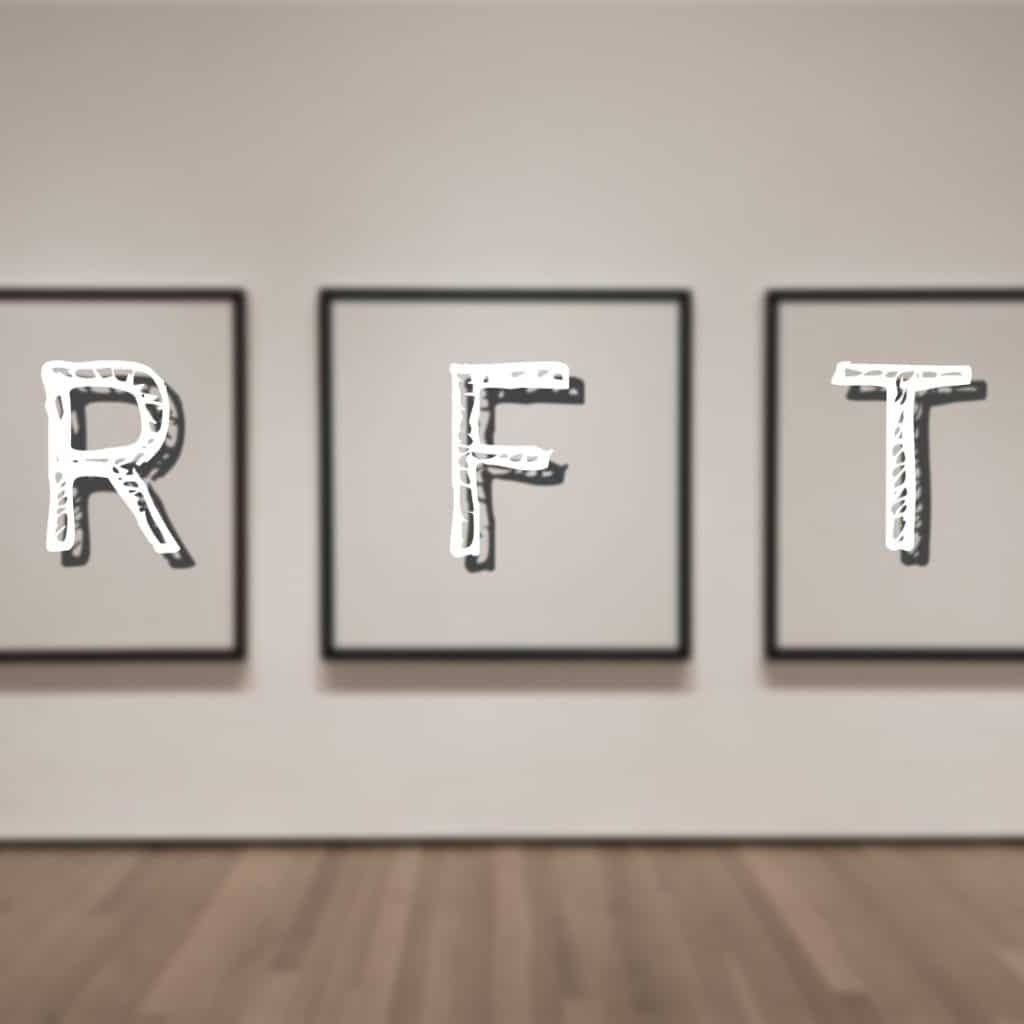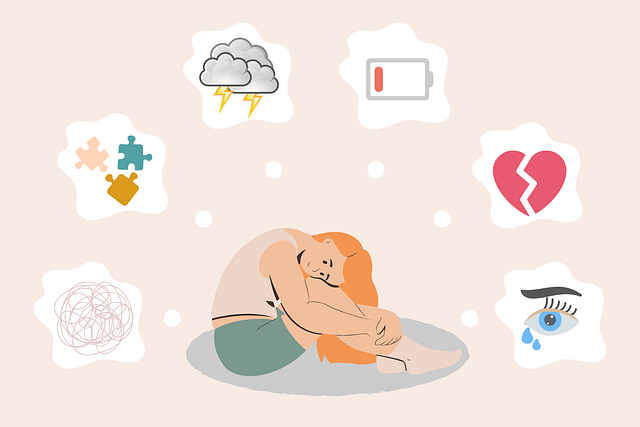Introduction – The Evolution of Behavioral Science
Human language and thought are among the most complex achievements of evolution. For decades, psychologists struggled to explain how humans use words and symbols not just to communicate, but to think, reason, and suffer. Traditional behaviorism, which focused on observable behavior, could not fully explain these mental processes.

That gap led to the creation of Relational Frame Theory (RFT) — a modern behavioral theory that provides a scientific explanation of how humans learn, understand, and relate concepts through language.
Developed by Dr. Steven C. Hayes, Dermot Barnes-Holmes, and Bryan Roche in the 1980s and 1990s, RFT laid the foundation for Acceptance and Commitment Therapy (ACT) and has since become one of the most influential frameworks in modern psychology.
What Is Relational Frame Theory (RFT)?
Relational Frame Theory (RFT) is a psychological theory of human language and cognition. It proposes that the ability to relate things to one another — not just experience them directly — is the foundation of human thought and language.
In simpler terms, RFT explains that humans learn through relationships between concepts, rather than through direct reinforcement alone.
For example, even if a child has never touched a hot stove, they can understand it’s dangerous because they have learned the relation between the word “hot” and “pain.”
This relational learning enables people to build vast networks of meaning — but it can also lead to psychological distress when negative associations dominate.
RFT seeks to explain this dual nature of language: its power to enrich life and its potential to cause suffering.
Origins and Development of RFT: From Behaviorism to Language Theory
RFT emerged from the limitations of traditional behaviorism, which was focused on observable actions and reinforcement. While behaviorism successfully explained how animals learn through conditioning, it could not account for uniquely human abilities such as reasoning, metaphor, and complex problem-solving.
Psychologist B. F. Skinner attempted to explain language through verbal behavior, but his model lacked empirical tools for testing how meaning and relationships form.
In response, Steven C. Hayes and colleagues developed RFT as an empirically testable theory of language, grounded in behavioral principles but extended to explain how symbolic and relational learning shapes human cognition.
The Science of Human Language: What Is the Relational Frame Theory of RFT Language?
RFT proposes that language is not just about learning words — it’s about learning how words relate to each other and to the world.
This process is called relational framing — the learned ability to connect different things through relations such as similarity, difference, opposition, or comparison.
For example:
- “Bigger than” connects two objects through a comparative frame.
- “Opposite of” creates an oppositional frame (e.g., hot vs. cold).
- “Same as” forms an equivalence frame.
These relational frames allow us to build complex thoughts and understand concepts that we’ve never directly experienced.
However, they also mean that words and ideas can acquire emotional power — such as when the word “failure” evokes shame or anxiety.
Thus, RFT explains how language both expands intelligence and intensifies emotional suffering.
What Is the RFT Approach?
The RFT approach centers on understanding and modifying the context in which relational learning occurs. Instead of trying to eliminate thoughts or emotions, RFT focuses on how people relate to them.
Its practical applications — particularly in Acceptance and Commitment Therapy (ACT) — help individuals change their relationship with language-based suffering.
In the RFT approach:
- Behavior is seen as contextual — shaped by environment, history, and relational frames.
- Language is behavior — something we do, not something that simply happens in the mind.
- Psychological distress often arises from rigid relational networks, where words trigger automatic emotional reactions.
- Healing occurs through flexibility — learning to experience thoughts as transient, rather than absolute truths.
RFT thus bridges the gap between behavioral science and human cognition, offering a functional model for how thinking and meaning develop.
Core Principles and Concepts of Relational Frame Theory
At its heart, RFT revolves around several key principles that describe how humans form and use relational networks.
1. Arbitrarily Applicable Relational Responding (AARR)
This is the cornerstone of RFT.
Humans can relate things arbitrarily, not just through direct experience.
For instance, a child can understand that “money = value” without ever producing money themselves. The relationship is learned socially, not physically.
2. Mutual Entailment
If you learn that “A is bigger than B,” you can infer that “B is smaller than A.”
This bidirectional reasoning is a basic cognitive process explained by RFT.
3. Combinatorial Entailment
If “A is bigger than B” and “B is bigger than C,” then “A is bigger than C.”
This combinatorial ability allows humans to make logical inferences and connect multiple relational frames together.
4. Transformation of Stimulus Functions
Once two things are related in the mind, their emotional or behavioral meanings can transfer.
Example: If a person associates “public speaking = embarrassment,” then even thinking about public speaking may trigger anxiety.
Together, these principles explain how humans build meaning systems, how abstract reasoning develops, and how emotional suffering can result from learned associations.
How Language Creates Meaning: The Cognitive Power of RFT
According to RFT, language is a behavioral process that organizes how we experience the world.
It allows humans to predict, plan, and reason — but it also creates mental traps when we over-identify with our thoughts.
For example:
- Saying “I am anxious” fuses identity with emotion.
- RFT helps us shift to “I am noticing anxiety,” creating distance between the self and the experience.
This shift, known as cognitive defusion in ACT, is based on RFT’s understanding of language. It empowers individuals to recognize thoughts as temporary events rather than permanent truths.
What Is RFT ACT Therapy?
RFT ACT therapy refers to how Relational Frame Theory serves as the scientific foundation for Acceptance and Commitment Therapy (ACT).
Where RFT explains how language functions, ACT applies that knowledge clinically to reduce psychological distress.
In ACT:
- Thoughts are treated as language-based events.
- Suffering arises from fusion with unhelpful relational frames.
- Healing involves defusion, acceptance, and values-based action.
By teaching clients to observe their thoughts rather than obey them, ACT directly uses RFT principles to cultivate psychological flexibility — the ability to stay open and act meaningfully, even when life feels painful.
Connection Between RFT and Acceptance and Commitment Therapy (ACT)
The relationship between RFT and ACT is similar to that between theory and application.
- RFT is the science — it describes how language and cognition work.
- ACT is the therapy — it uses RFT principles to promote well-being.
RFT explains why people suffer (because of relational networks), while ACT teaches how to live with that reality more effectively.
This synergy makes ACT one of the most empirically supported therapies for conditions like anxiety, depression, trauma, and chronic pain.
Psychological Flexibility and RFT: Understanding Human Suffering
According to RFT, human suffering often arises from verbal overregulation — when thoughts and language dominate experience.
For example, fearing rejection may prevent someone from forming relationships, even when no real danger exists.
By creating distance from verbal rules (“I must be perfect,” “I can’t fail”), people can respond flexibly and live according to their values rather than fear.
This capacity — psychological flexibility — is the ultimate goal of ACT and the applied benefit of RFT research.
Practical Applications of RFT in Therapy, Education, and AI
RFT has expanded beyond clinical psychology into diverse fields:
1. Clinical Psychology
Used in ACT, RFT helps therapists teach clients mindfulness, acceptance, and defusion to manage distress and change behavior.
2. Education
Teachers use RFT principles to improve conceptual learning, language development, and reasoning skills in students.
3. Artificial Intelligence (AI)
RFT models how humans relate symbols and meanings — insights that can inform the development of context-aware AI systems and natural language processing (NLP) technologies.
4. Organizational Behavior
In workplace training, RFT-based methods enhance adaptability, communication, and emotional regulation among teams.
What Is an Example of a Relational Theory?
Let’s consider a practical example of Relational Frame Theory in action:
A person learns:
- “Failure = bad.”
- “Bad things = shame.”
Through combinatorial entailment, their brain concludes:
- “Failure = shame.”
Even if the person’s “failure” is minor (like making a small mistake), the emotional function of shame is activated.
In therapy, the RFT-based ACT approach helps the person recognize that “failure” is just a thought or label — not an identity. By reframing it through acceptance and values, they can act courageously rather than avoid challenges.
Advantages and Limitations of Relational Frame Theory
Advantages
- Provides a unified scientific theory of language and cognition.
- Forms the foundation of ACT, one of the most evidence-based modern therapies.
- Explains both rational thinking and emotional suffering.
- Offers testable models for education, AI, and human behavior.
Limitations
- Complex and conceptually dense — may be challenging for beginners.
- Requires extensive empirical testing to validate all components.
- Less intuitive than traditional cognitive models for some clinicians.
Despite these challenges, RFT remains one of the most innovative and influential theories in behavioral psychology.
Criticism and Ongoing Research in RFT
While RFT has strong empirical backing, some researchers argue that its terminology can be overly technical. Critics also question whether all aspects of relational framing are unique to RFT or overlap with cognitive and linguistic theories.
However, ongoing research continues to refine and expand RFT’s applications — especially in contextual behavioral science, education, and digital cognition modeling.
Current studies explore how RFT can enhance empathy, emotional regulation, and cross-cultural communication through its universal model of language.
The Future of RFT: From Behavioral Science to Everyday Life
RFT’s future lies in integration — connecting behavioral science, neuroscience, and technology to deepen our understanding of human experience.
As AI, therapy, and education evolve, RFT offers a roadmap for building systems that mirror human flexibility, meaning-making, and compassion.
In daily life, its message is simple: our thoughts are not facts — they are relationships we’ve learned. By understanding and reshaping those relationships, we can reclaim freedom from automatic emotional patterns.
Conclusion – Why RFT Matters in Understanding the Human Mind
Relational Frame Theory (RFT) is far more than an academic concept — it is a profound explanation of how humans think, speak, and feel. It reveals that language is both our greatest gift and our deepest source of struggle.
By uncovering the mechanics of relational learning, RFT empowers therapies like ACT to help people live with awareness, acceptance, and purpose.
In the end, RFT teaches us that true freedom comes not from controlling our thoughts, but from changing how we relate to them — the essence of a flexible, mindful, and meaningful life.



